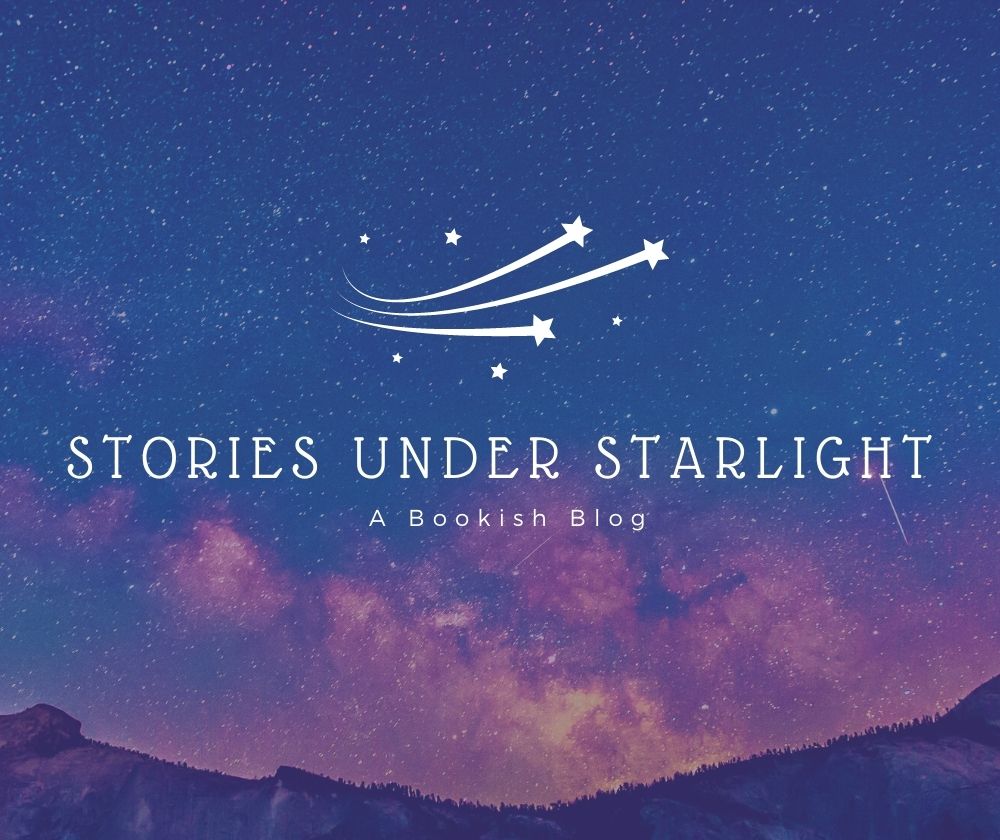DARK EMPEROR & OTHER POEMS OF THE NIGHT by Joyce Sidman
1. BIBLIOGRAPHY
Sidman, Joyce. 2010. DARK EMPEROR & OTHER POEMS OF THE NIGHT. Ill. Rick Allen. New York, NY: Houghton Mifflin. ISBN: 0547152280
2. PLOT SUMMARY
In Sidman’s poetry book about the night, she showcases the wonders of nature from a different perspective. Welcome to the night and discover how bats wrap up, or how the crickets speak. If you have ever wondered what comes alive in the dark hours of the night, then this book will sure to enlighten and pique the interest of multiple audiences.
3. CRITICAL ANALYSIS
Sidman’s poems about all things nocturnal is comprised of 12 different poems that are written in various poetic forms and rhyme schemes - which makes the poems even more dynamic to recite orally. The poems are also matched with an artistic representation of each title and stretches across two full pages – each following the same pattern: title and poem on the left page, main illustration and scientific details on the right page. Sidman writes poems from the perspective of the animals and insects, and shares their night-time routines with the reader. In “Night-Spider’s Advice,” the poem is told from the spider’s point-of-view and gives details about what this spider does on a nightly basis: “Build a frame/ and stick to it, /I always say. /Life’s a circle. /Just keep going around.” On the opposite side of the page, Sidman provides scientific information about the orb spider, along with appropriate terms and vocabulary to offer insight to the delicate art of web spinning. In “I Am a Baby Porcupette,” you see the world through the eyes of this small creature and its characteristics: “I am a baby porcupette. / My paws are small; my nose is wet. / And as I nurse against my mom, / we mew and coo a soft duet.” Children can learn even more scientific facts about the baby porcupette on the opposite page and how he learns from his mother.
Allen’s illustrations are beautifully designed to enhance the reading experience. The poems and illustrations are well organized and designed to help young readers gain an insight to nocturnal animals and insects. The colors express the time of day, from the first poem “Welcome to the Night” which introduces the reader to the beginning of the night with a picture of sundown in hues of soft pinks and oranges. As the daylight decreases, the colors become less vibrant and slightly dim as the night progresses. When the moon is out the delicate colors of moonlight are expressed through white and yellow highlights. Together with Sidman’s poetic imagery, the Dark Emperor and Other Poems of the Nightis a great book to share with young children ages 6-9, and to teach science and social studies themed lessons on nature in the forest at night.
4. REVIEW EXCERPT(S)
Newbery Honor Award
HORNBOOK starred review: “The dark lines of Allen's skillful lino-cut prints make the perfect accompaniment to a book of night poems, with their subtle colors allowing the reader to seek out the creatures slowly, just as one's eye becomes accustomed to finding things in the dark."
SCHOOL LIBRARY JOURNAL: “The bookmaking is beautiful with the concept of night lending itself generously to poetry."
BOOKLIST starred review: “…poems about the woods at night reveal exciting biology facts that are explained in long notes on each double-page spread.”
5. CONNECTIONS
* This book is great to share with young children when introducing science and social studies curriculum about nocturnal animals.
*Collect other poem books written by Joyce Sidman: SWIRL BY SWIRL: SPIRALS IN NATURE, RED SINGS FROM TREE TOPS: A YEAR IN COLORS, SONG OF THE WATER BOATMAN AND OTHER POND POEMS, BUTTERFLY EYES AND OTHER SECRETS OF THE MEADOW.
*Other poetry books about nature:
Frost, Helen. STEP GENTLY OUT. Ill. Rick Lieder. ISBN: 0763656011
Yolen, Jane. COLOR ME A RHYME: NATURE POEMS FOR YOUNG PEOPLE. Ill. Jason Stemple. ISBN: 1590781724

